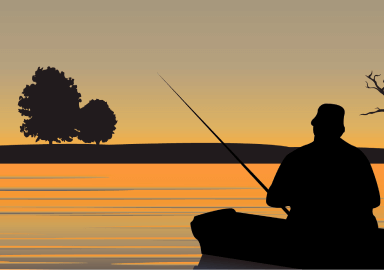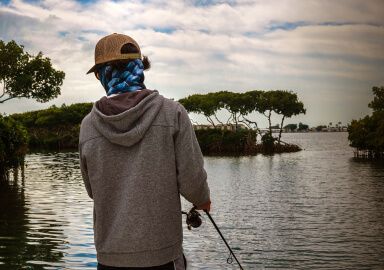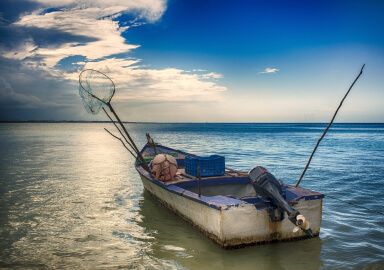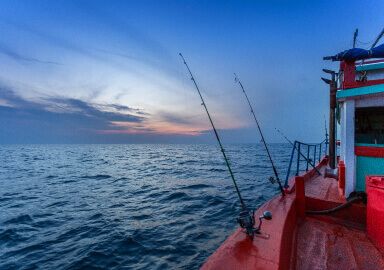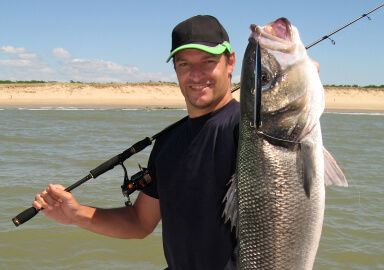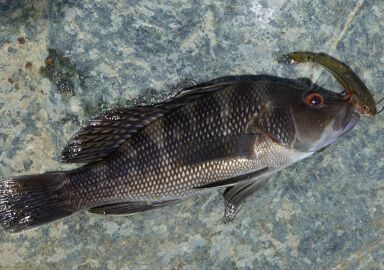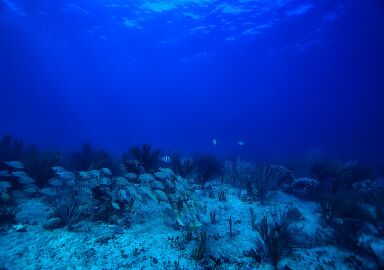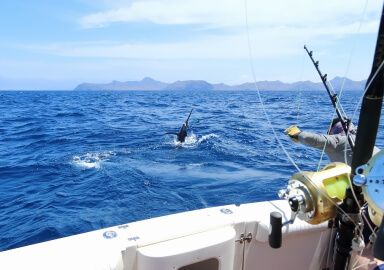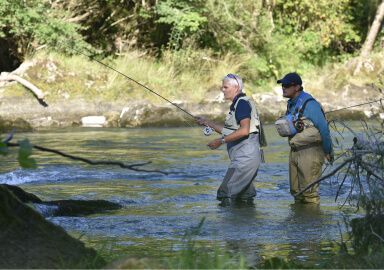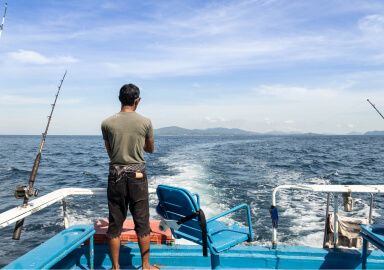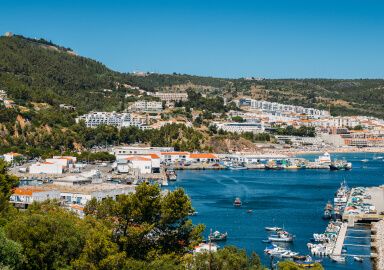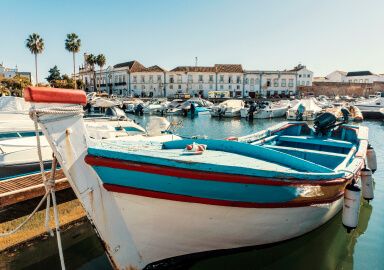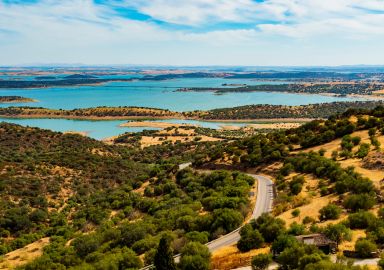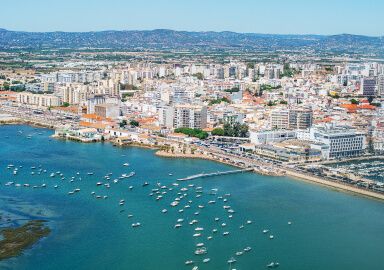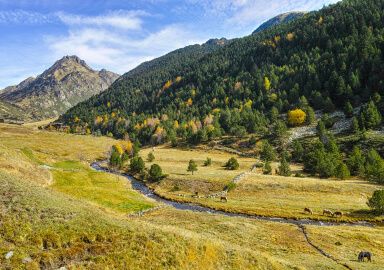Fishing in Lisboa
The capital of Portugal offers world-class fishing with easy urban access—battle sea bass off rugged cliffs, fish the Tagus estuary for bream and mullet, or explore nearby reservoirs for carp and bass.
View 3 listings
3
listings
–
price starting from
11
fish species
–
to the nearest trip
About Lisboa
Lisboa District, home to Portugal’s vibrant capital city, is far more than an urban hub—it’s also a fantastic destination for anglers. Bordered by the Atlantic Ocean to the west and cut through by the iconic Tagus River (Rio Tejo), the district offers a unique blend of saltwater, estuarine, and freshwater fishing. Within an hour's drive from Lisbon’s historic neighborhoods and cosmopolitan cafés, anglers can find rocky coasts, surf-friendly beaches, estuarine flats, and calm inland reservoirs.
The region’s Mediterranean climate, with warm, dry summers and mild winters, allows for year-round fishing. The surrounding towns—such as Cascais, Sesimbra, and Setúbal—are not only picturesque and culturally rich but also serve as key jumping-off points for inshore and offshore fishing adventures. Inland, forested hills and agricultural valleys hide quiet lakes and streams ideal for freshwater species. Whether you're a traveling angler or a Lisbon local, fishing in the Lisboa District is accessible, exciting, and wonderfully varied.
When planning your fishing trip around Lisboa, bear in mind that fishing in Portugal is a regulated activity. Anglers must obtain fishing licenses and abide by catch limits and other rules. However, if you book your fishing trip with a fishing charter, the captain will arrange all formalities for you, and instruct you on all applicable regulations and best practices.
Fishing Types
Lisboa offers a full spectrum of fishing environments. Saltwater fishing dominates the scene, with both inshore and offshore opportunities. The rugged coastline near Cascais and the Cabo da Roca area is ideal for shore casting and spinning, particularly for sea bass and other predators. The beaches along Costa da Caparica and further south toward Sesimbra offer great surfcasting potential for species like bream and flatfish.
Boat charters offer access to offshore species like mackerel, bluefish, and even small tuna or swordfish in the right season. The Tagus River estuary, one of the largest in Europe, is a fishing playground all its own. Here, anglers can target mullet, bream, bass, and flounder using both traditional and modern techniques. Inland, smaller lakes and reservoirs such as Barragem do Rio da Mula and Lagoa de Albufeira offer relaxed freshwater fishing.
Targeted Fish Species
Saltwater species are the main attraction. European sea bass (robalo) is highly sought-after and can be caught year-round from shore or boat, especially near rocky coastlines and river mouths. Gilthead sea bream, mackerel, conger eel, and flatfish such as flounder and sole are also common, particularly in the estuarine and coastal areas. During the warmer months, the Atlantic ocean off Lisboa is visited by pelagic species such as bluefin tuna, bonito, and even billfish.
In the Tagus estuary, mullet and bream are abundant and provide great light tackle sport. Freshwater anglers can target common carp, largemouth bass, roach, and perch in various small lakes and man-made reservoirs, often surrounded by cork oaks and pine forests. While not known for trophy-sized fish, Lisboa’s inland waters are perfect for relaxed, accessible fishing close to town.
Fishing Techniques
Fishing charters that operate off Lisboa use a variety of fishing techniques to ensure their clients have a good catch and a good time. Inshore boat fishing often combines light tackle jigging, bottom fishing, and trolling, depending on season and species. Spinning is both productive and exciting, and during an outing after bluefin tuna and other pelagics, heavy tackle for trolling comes into play.
The locals often practice baitcasting from the shore, using long rods and natural baits like shrimp, sardines, or worms for bream, sea bass, and flatfish. In the Tagus estuary, float fishing or ledgering with bread, dough, or shrimp is effective. Carp anglers typically use boilies, feeders, and hair rigs, while bass fishing is done with soft plastics, spinnerbaits, and surface lures. Fly fishing is still relatively niche in the district, but possible in calmer freshwater settings and estuary flats.
